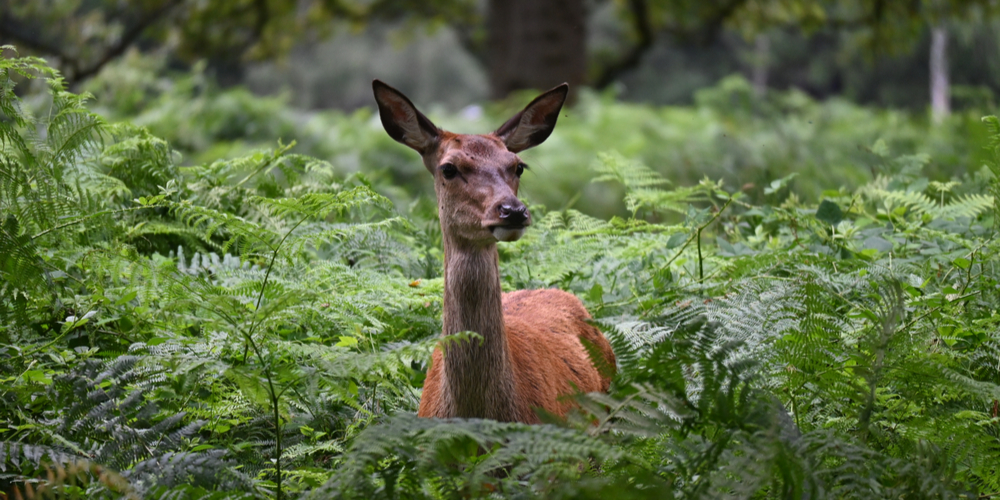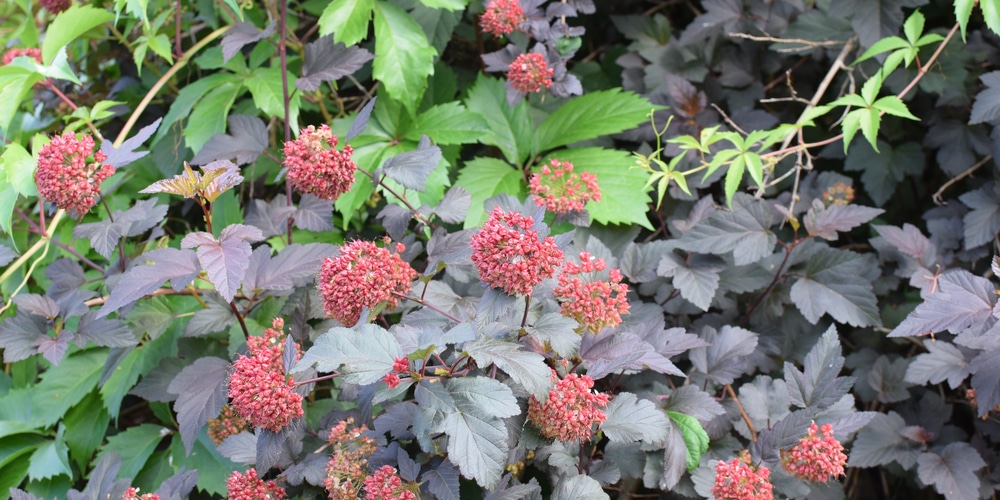The Ninebark may have caught your interest and now you plan on having it in your yard or garden. However, you’ll want to check first and see if the deciduous shrub can withstand a visit from the surrounding wildlife. So, are ninebark deer resistant?
Are Ninebark Deer Resistant?
Deer can be elegant creatures when you spot them in the wild, but the damage they cause to your plants is something you’d rather avoid.
Unfortunately, there’s no such thing as plants or shrubs that are completely deer-proof. These animals will eat anything and everything, including the plants they don’t like in order to survive.
However, this shouldn’t discourage you from growing plants in your yard. One way you can keep deer from snacking on your prized specimens is to grow ninebark along the borders.
Ninebark has several species, and it’s believed that all of them have a high degree of deer resistance. This shrub gets rarely damaged as they’re avoided by deer and similar creatures in favor of more tender shoots and leaves.
The dark leaves of ninebark are somewhat fuzzy and have a thick texture, which deer don’t like. If these animals come, they will favor young shoots and leaves, even from a ninebark plant. The good news is that Physocarpus can survive light grazing and they tend to grow back quickly after a visit.
What is the Lifespan of a Ninebark?
The Ninebark comes in several varieties, with each having its maximum length and spread upon maturity. The Physocarpus species can live anywhere between 20 to 30 years or even more when they’re in the wild.
The deciduous shrub is often used in landscaping and to prevent erosion by being planted on slopes. Ninebark does need regular pruning and adequate space to thrive, as well as full sun and regular watering. However, take care not to moisten the soil too much or root rot will occur.
The beauty of growing Ninebark is that you don’t need to do much except give it space and the right location. Common ninebark is rated hardy in zones 2 through 8 and is native to North America.
Which Ninebark Species is Deer Resistant?
Planting ninebark gives you a level of deer resistance and practically ensures that deer won’t consume your hedge or greenery completely.
Here are several ninebark varieties you can try.
Common Ninebark
The most prevalent ninebark variety, common ninebark, is characterized by its flush of pink or white blooms in the summer season. Another thing is that the bark of the shrub peels off and reveals a reddish hue underneath.
Once it reaches a mature stage, the common ninebark is highly tolerant of drought and can thrive with little to no care. For a vigorous shrub that captures the viewer’s eyes, plant the ninebark where it can get full sun.
Low River Ninebark
Low River Ninebark is also called Mountain Ninebark and can be seen in western landscapes. The species has white flowers and different bark colors ranging from tan to cinnamon depending on how much you take off.
This ninebark species requires more frequent watering compared to other varieties, but you can certainly water less and allow nature to take over once it matures. Low River can also thrive in partial shade and under the shade of larger trees.
Pacific Ninebark
Pacific Ninebark can be seen in wetlands and along streams, which should give you an idea of how frequently the shrub should be watered if you bring it to your home.
The ninebark species is different from the common ninebark in that it has green leaves instead of the signature purple associated with the shrub. The leaves are shaped like maple, and the red berries attract birds and other wildlife to your yard. Pacific Ninebark thrives in zones 5 through 10 and has no serious diseases or pests.
Mallow Ninebark
Mallow-leaf Ninebark is another unique specimen, with an upright and vase-shaped growth habit and a profusion of white blooms that cluster together. The usually green leaves turn brown to red in response to the fall season and winter.
Mallow ninebark only grows up to 6 feet in length and can thrive in part shade. It’s hardy enough to be planted on rocky soil and can still grow to its full potential.
Related Article: Are Pansies Deer Resistant?

